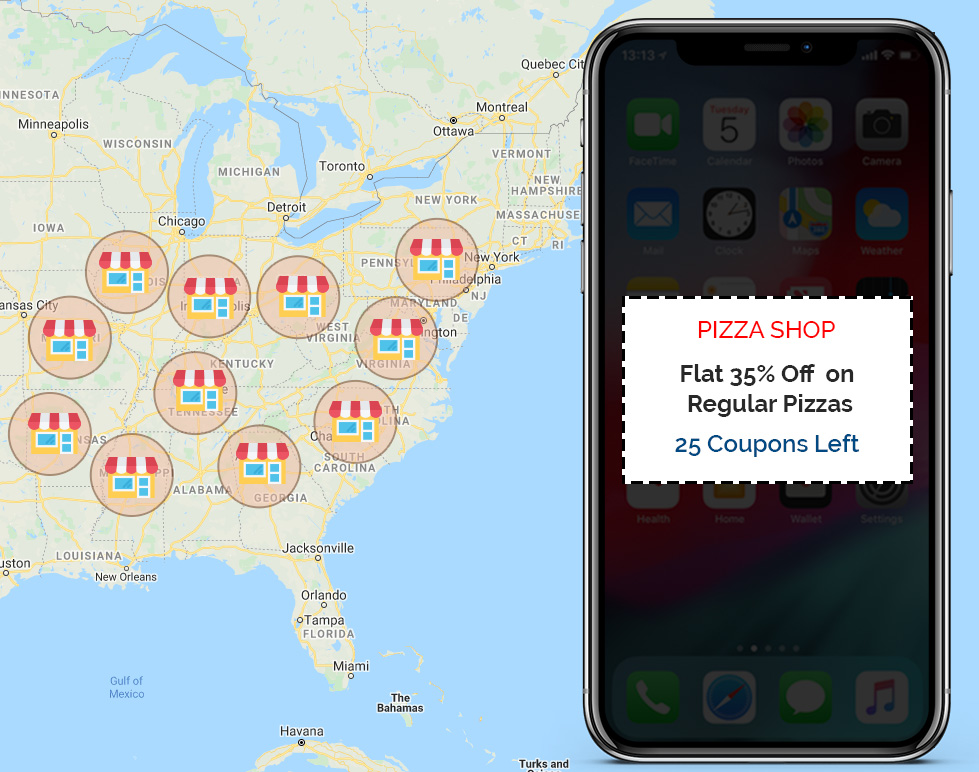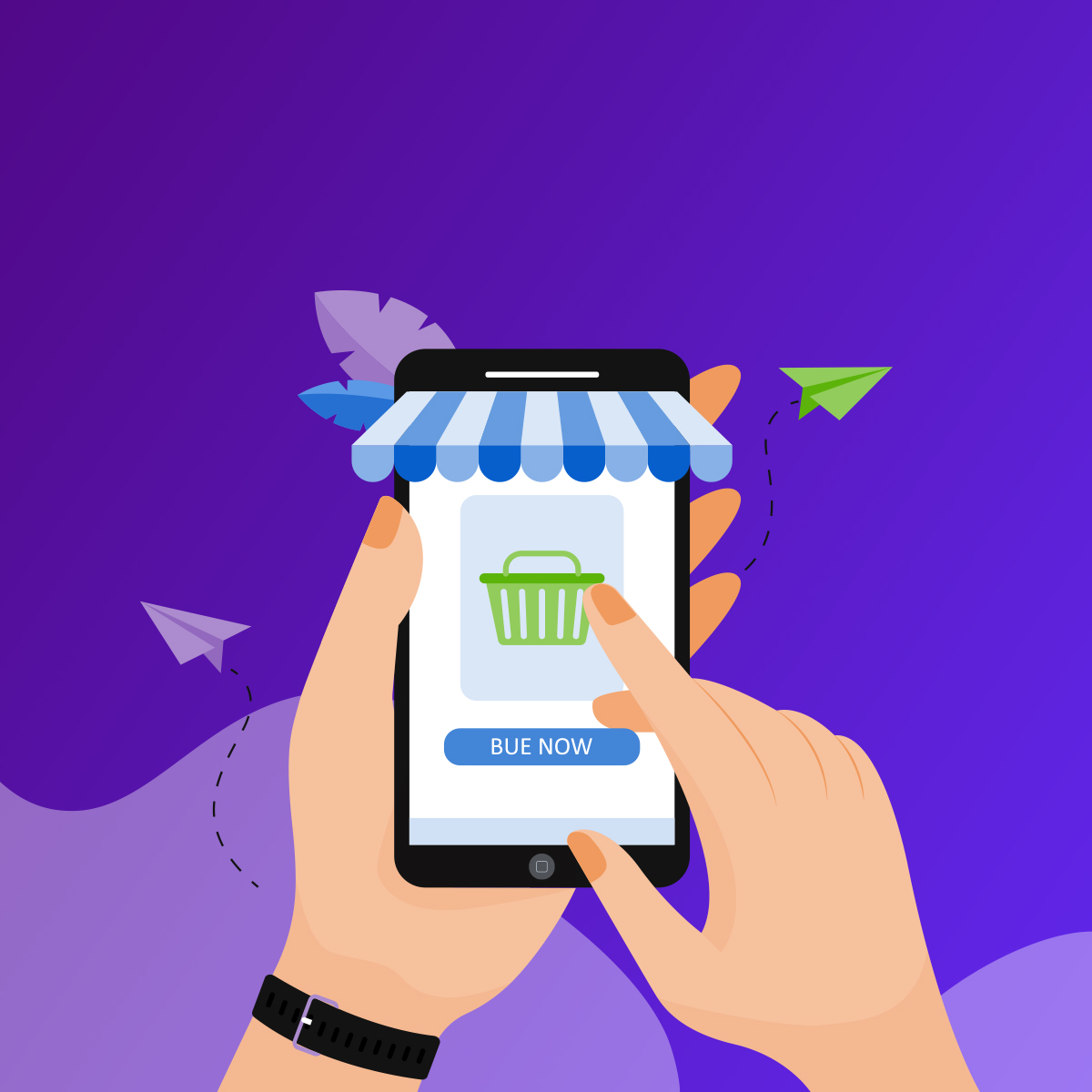
One of the hardest aspects of the pandemic was social isolation. For makeup users, this meant having little to nothing to get done up and dressed up for, save a Zoom meeting or a family FaceTime. But with the vaccine now in the arms of millions and a general stabilization of the Covid-19 pandemic, we can start to get excited about going on dates or meeting up with friends at parties.
The online beauty industry appears to be bouncing back from the pandemic and the numbers, as well as common sense, back it up. Total revenue for beauty products jumped from an estimated total of $483 billion in 2020 to a projected $511 billion in 2021. As a business looking to expand into beauty eCommerce, or as a cosmetics vendor looking to beef up your existing eCommerce store, you have tangible incentives and available software tools to do so.
However, not every online beauty store is created equal. Many beauty-oriented eCommerce platforms fail to stand out due to stale interfaces or a lack of attention paid to customer data. So, what common pitfalls befall online makeup stores, and what are ways you can help your beauty business avoid getting lost in the crowd? We’ll touch on a few of both here today.
The Pitfalls
1. Offering a Bland Shopping Experience
If you are not going the extra mile for your consumer, then you can easily fade into the background behind other, more engaging, cutting edge platforms. Adding custom UX functions through software development can help you remedy an outdated or bland eCommerce channel.
One way to make your store stand out is by implementing VR try-on features. Leveraging the access to a user’s camera, a programmer can isolate and manipulate the appearance of specific areas of the shopper’s face. For example, if you are selling lipsticks, you can mirror back the shopper’s lips in different colors corresponding to the options on sale. He, she, or they can see what a pink, maroon, nude, or even green lip product would look like in real time. The same tools may be used for skin products – a customer can ‘try-on’ different tones of blush, concealer or foundation on their ‘virtual’ face, and compare different colors and textures.
Another way to spice up your platform is by employing digital media on your site. Having videos of pros using your products and giving application tips can help engage and educate prospective buyers, especially those who may not possess the expertise of professional makeup artists.
2. Making It Hard for Shoppers to See Your Products
Cosmetics are a highly-visual category of product, and providing sharp, high-resolution imagery for shoppers is a must. The first step is quality-control: make sure your team provides high-res imagery (on-face, and from multiple angles too) for each product. The more images you can provide for a product, the better. Imagine you are shopping for a lipstick online, but all you can see is one picture of the product and no examples on-face. You will be far less likely to trust or order the product.
Other than sharpening up product images and providing examples of their applications, you can go the extra-mile by giving the shopper a VR shopping experience. With an interactive, 3D projection of your store, you can let visitors browse the store as if they were really there in person. In a way, this feature is like providing a Google Earth tour of your retail space, where the consumer can stop and try on the different available products from the comfort of their couch.
3. Having Overly General Marketing Strategies
Makeup buyers have massive variances in their preferences. Customers from different regions will want to buy different styles of makeup (climate and temperature have a sneaky-big influence on what makeup a consumer wants to buy) and moreover the same product will produce a massively different result depending on the user’s skin type, facial proportions and hairstyle. Offering the same deals everywhere and sending the same marketing content to every inbox in your database will lead to disinterest and relegation of your messages to the spam folder.
Instead, segmenting your audience based on demographics will be a key strategy for showing prospective buyers the products they may actually care about buying. These segments can simply start as groups differentiated by demographics like age, gender, and geolocation.
 Once you have amassed user data and segment them into discrete groups, you can then tailor your marketing strategies and product drops to the different segments based on what has worked and not worked.
Once you have amassed user data and segment them into discrete groups, you can then tailor your marketing strategies and product drops to the different segments based on what has worked and not worked.
If a shimmery lip gloss sold well with ages 14-25 but not with ages 36-45, then you can market the next shimmery lip gloss specifically to your younger segments, perhaps with a Gen-Z oriented TikTok campaign. If an SPF moisturizer performs strongly in California but not-so-much in Minnesota, then you can offer special deals to the California market next time you release a new product with SPF.
Give Your Shopper Something to Be Excited About
Marketing analysts have identified growth within the beauty and skin care industry, and revenue and sales are bouncing back from Covid-19. After an economic setback like the pandemic, consumers turn to products like makeup for self-care; advances in eCommerce software have made online beauty stores both exciting and lucrative.
With all of these positive factors in mind, selling cosmetics online is not a bulletproof business model. Independent cosmetics companies still need to watch out for common ways that other beauty businesses fail at eCommerce. However, with a unique, in-depth interface, product transparency, and smart digital marketing, your online beauty platform can provide newly vaccinated date-goers tools to help them live their best lives.






